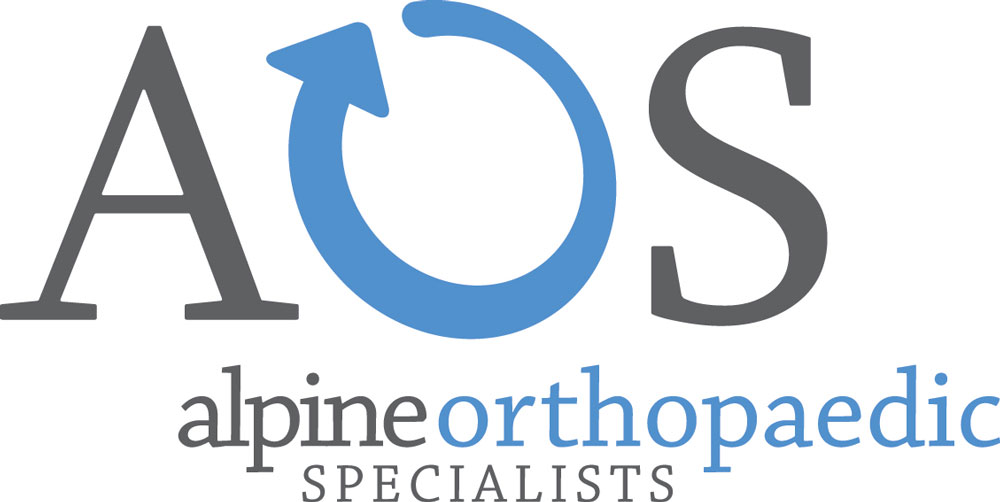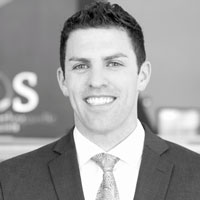Non-operative (Physiatry)
Cutting-edge Treatment
Excellent care is all about options, and sometimes surgery is not the best or only treatment option for an orthopaedic condition. Alpine Orthopaedic Specialists provides a full spectrum of orthopaedic care in Utah by complementing our roster of expert surgeons with two physiatrists, Dr. Michael L. Clegg and Dr. Jacob B Pugsley.
Physiatrists are physicians who specialize in non-surgical physical medicine and rehabilitation. These nerve, muscle and bone experts diagnose and treat pain, illnesses, and injuries that affect the proper performance of the body. They work with patients to design specialized treatment plans that lead to positive results and improved quality of life.

Diagnostic Technology
Our physiatrists use state-of-the-art equipment and techniques to diagnose conditions that cause pain, weakness and numbness:
Magnetic Resonance Imaging (MRI) Scan
Electromyography (EMG)
Nerve Conduction Studies
Computed Tomography (CT scan)
Procedures
The following are just a few of the non-surgical treatments employed by our physiatrists:
Trigger Point Steroid Injections
Medications
Therapeutic Exercise
Activity Modification
Orthotics
Assistive Devices
Physical Therapy
Whether it’s aching hands or soreness in the lower back, pain is one of the most common physical problems that lead patients to seek medical help. The first step in successful treatment is recognizing that pain is not a diagnosis, but a symptom. Using cutting-edge electrodiagnostic equipment and techniques, along with physical examinations and thorough medical histories, they are able to learn not just where it hurts, but why it hurts. They then prescribe a treatment plan using therapy, medication, trigger point injections, and more that will decrease pain and enhance performance.




